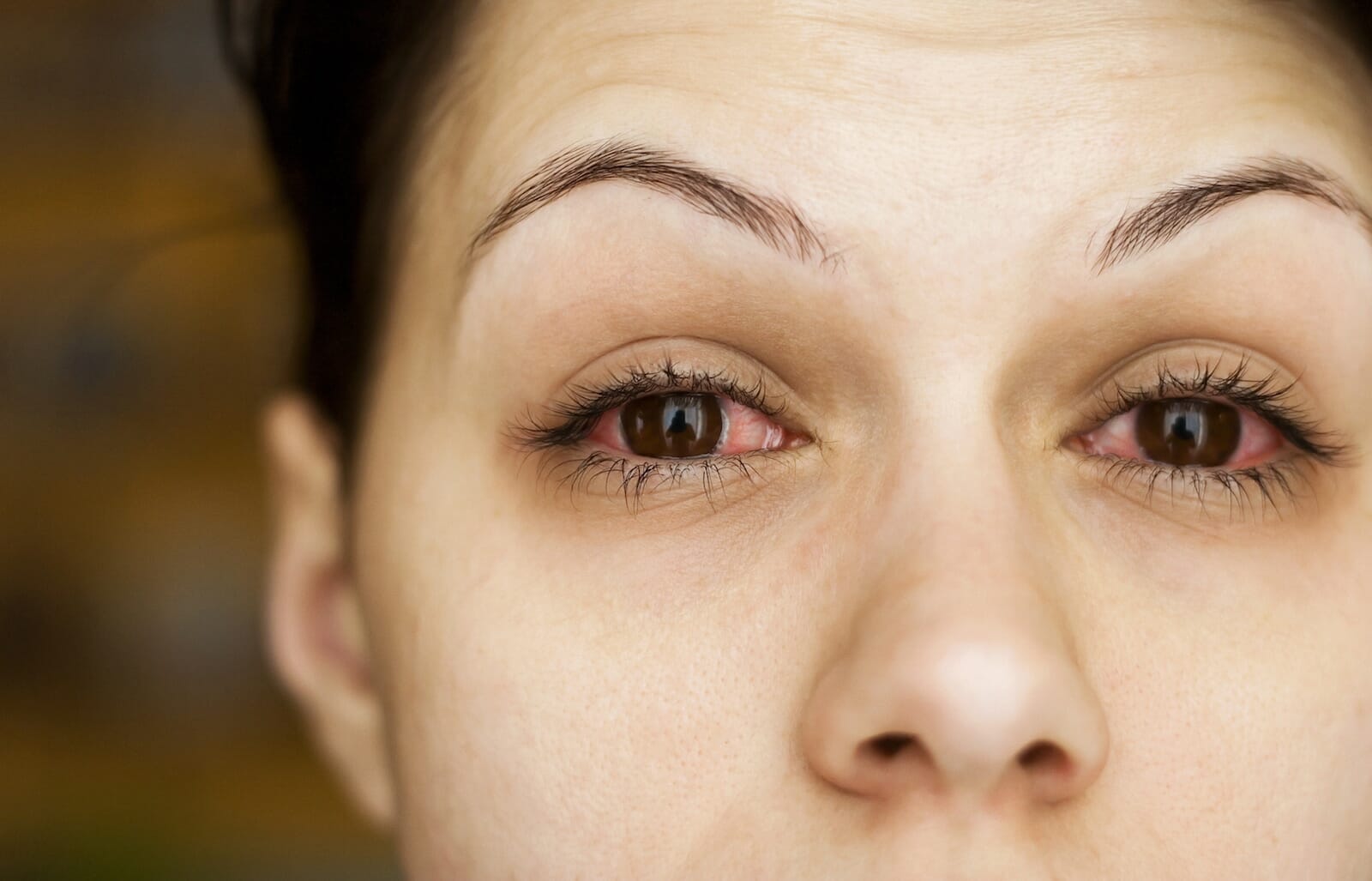
Conjunctivitis
When the covering of the eye becomes inflamed or infected
learn more about conjunctivitis
What causes conjunctivitis?
Conjunctivitis, or pink eye, occurs when the conjunctiva covering the white part of the eye becomes inflamed or infected. Blood vessels within the eye dilate and fill with blood, causing redness. The eye feels irritated and in some cases, there may be a yellowish discharge that can cause the eyelids to stick together.
Many cases of conjunctivitis are associated with allergies, but can also be caused by bacterial or viral infections. Bacterial and viral conjunctivitis can be very contagious, so avoid touching your face so that the virus does not spread to the other eye, and do not share anything that you touch. If you usually wear contact lenses, you may need to take them out until your conjunctivitis clears up.
Conjunctivitis often goes away on its own without treatment. Your eye care professional may prescribe antibiotic eyedrops or ointment if there is a bacterial infection. It’s important to complete the course of antibiotics as instructed even if symptoms go away. If the conjunctivitis is caused by allergies, then your eye care professional may prescribe eyedrops to reduce inflammation or control the allergic reaction.
Conjunctivitis rarely affects vision. Sometimes more serious conditions such as damage to the cornea or inflammation inside the eye cause the conjunctiva to become inflamed and pink. If you experience any change in vision, discharge, light sensitivity, or if the problem does not resolve within a few days, contact your eye care professional.

